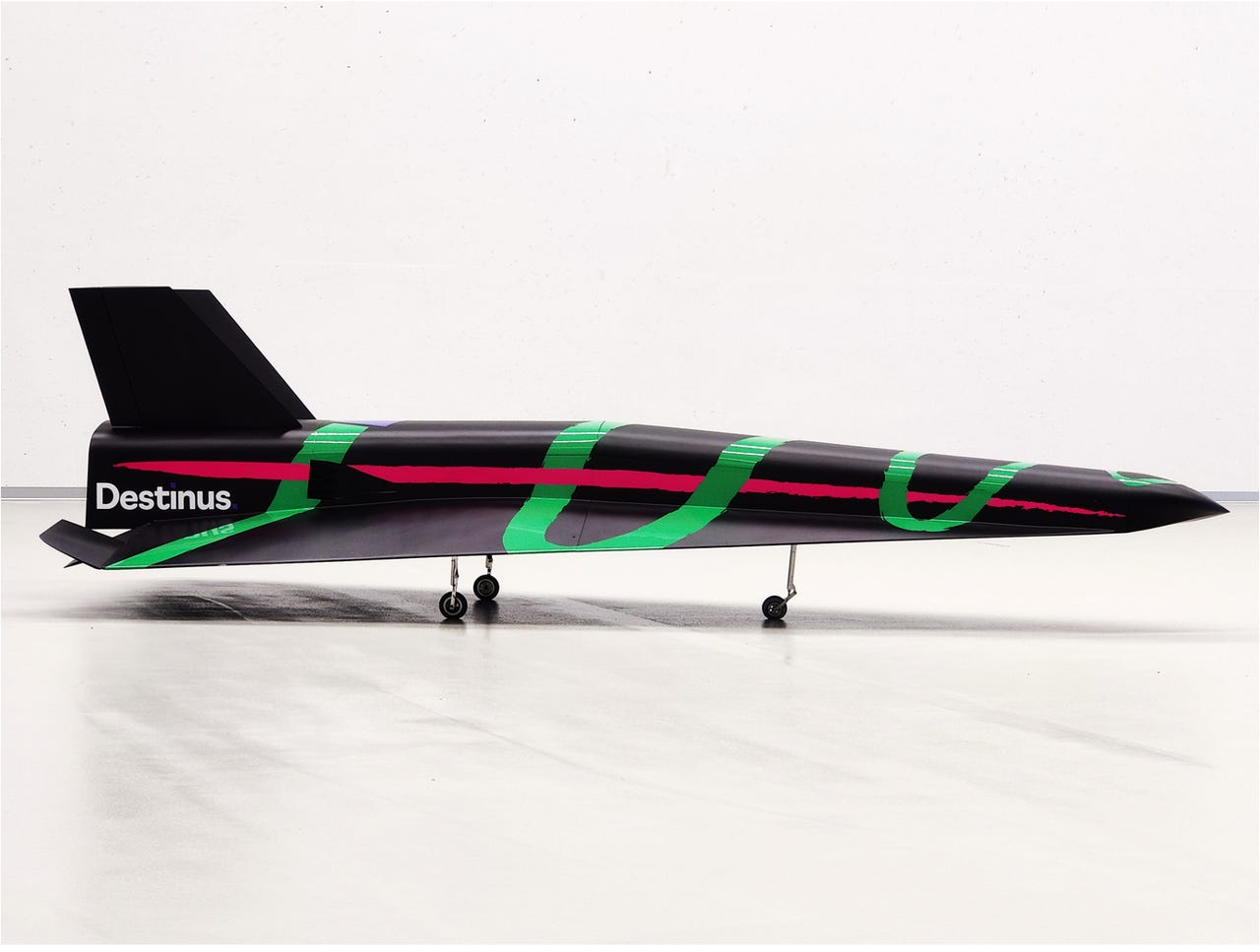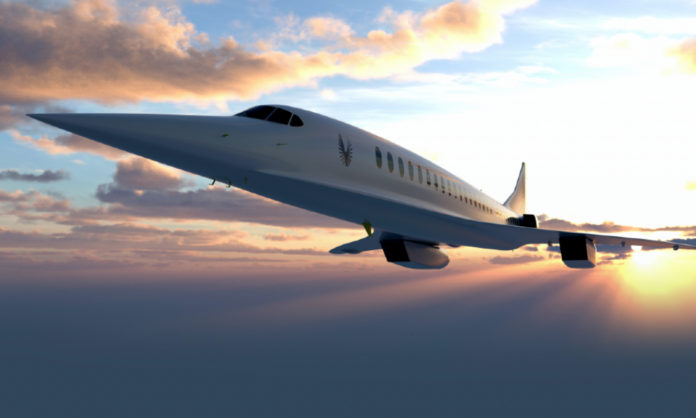Major airlines have placed orders for the newest superfast planes, heralding the dawn of a new era in supersonic travel. Boom Supersonic’s Overture planes, which American Airlines has committed to purchasing up to 20 of, are currently in development.
American Airlines has the option to purchase an additional 40 aircraft. United Airlines has placed orders for 15 planes and might buy 35 more. There are 130 airplanes in the pre-order backlog right now.

A New Era for the airline industry
The first era of supersonic passenger aircraft is coming to an end with the orders for Boom’s Overture aircraft, which come nearly 20 years after Concorde was retired. With a cruising speed of Mach 1.7, nearly twice as fast as the current fastest commercial aircraft, Overture claims to revive transatlantic trips in a fraction of the time required by subsonic aircraft.
The aircraft, according to Boom, will operate profitably on more than 600 flights throughout the world, making it more than simply a transatlantic workhorse. Up to 80 passengers will be able to board Overture, which will have a range of over 5,000 miles (8,000 kilometres). To spare people from hearing sonic booms, it will only fly supersonic over seas.
The Pandemic Effect
Since the epidemic, concerns have been raised regarding the necessity for a new generation of supersonic planes as requests for Zoom and Teams have replaced the need to travel across continents and oceans for corporate meetings. According to World Travel and Tourism Council research, corporate travellers purchased flights worth $1 trillion in 2019. This year, it is predicted that corporate trip spending would reach its pre-pandemic levels by two-thirds. Boom will be hoping that the Overture can succeed where Concorde failed by drawing enough passengers to support airline operations.
Introducing sustainability
According to Boom, one significant distinction between Concorde and Overture is that the latter will be fueled by sustainable aviation fuels (SAFs), which are now in the research stage and will be carbon neutral. The infographic that follows demonstrates how oil and domestic garbage may be recycled to create green aviation fuels. These are transformed into feedstock for making fuel. This is processed and combined with conventional jet fuel. According to AirBP, as compared to conventional fuels, employing SAFs may cut an aircraft’s lifespan carbon emissions by 80%.
Power-to-Liquids, a different method for producing clean jet fuel, uses electricity from renewable sources to drive electrolyzes that produce green hydrogen. Then, CO2 that was taken from the atmosphere is combined with this. The result of this procedure is the creation of synthetic kerosene aviation fuel from liquid hydrocarbons.

Goals for a cleaner environment
The Clean Skies for Tomorrow Coalition, a public-private partnership assisting the aviation industry in its transition to net-zero emissions, was established by the World Economic Forum. One of the coalition’s main goals is to increase the rate of SAF manufacturing. To assist nations as they launch clean aviation programs, it has created toolkits for aviation fuel policy.
Stay tuned to Brandsynario for the latest news and updates.












































